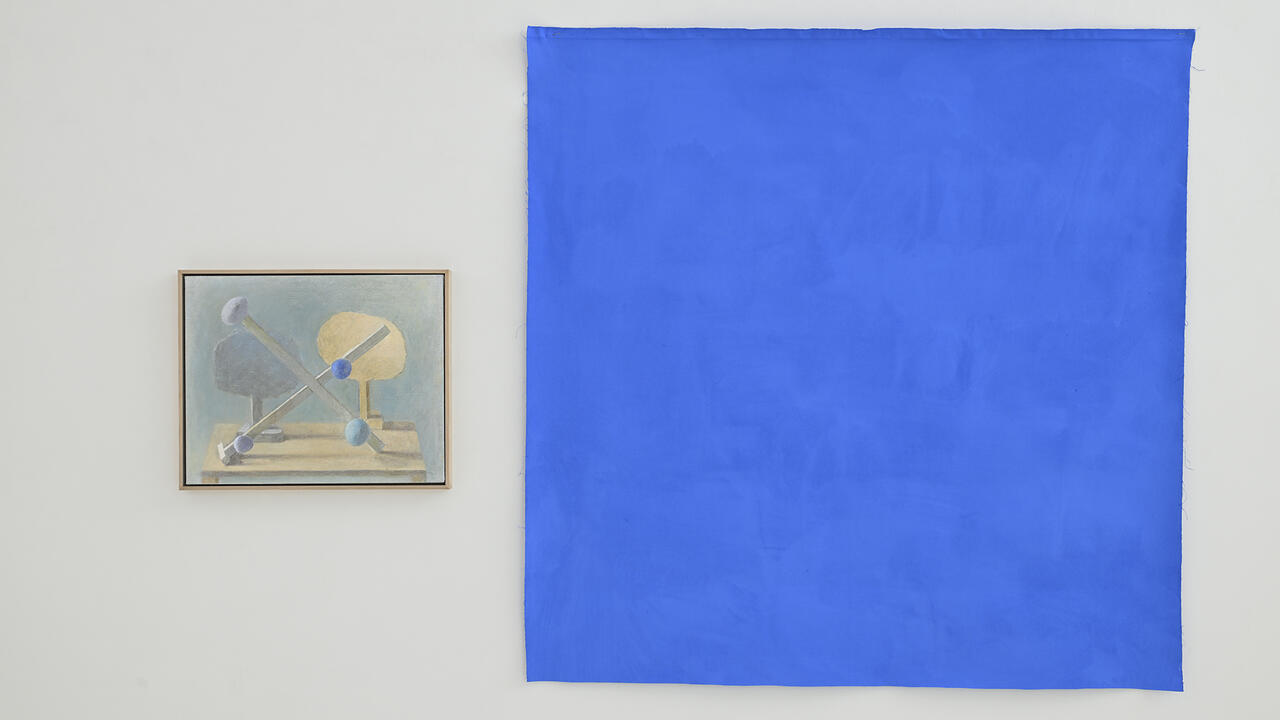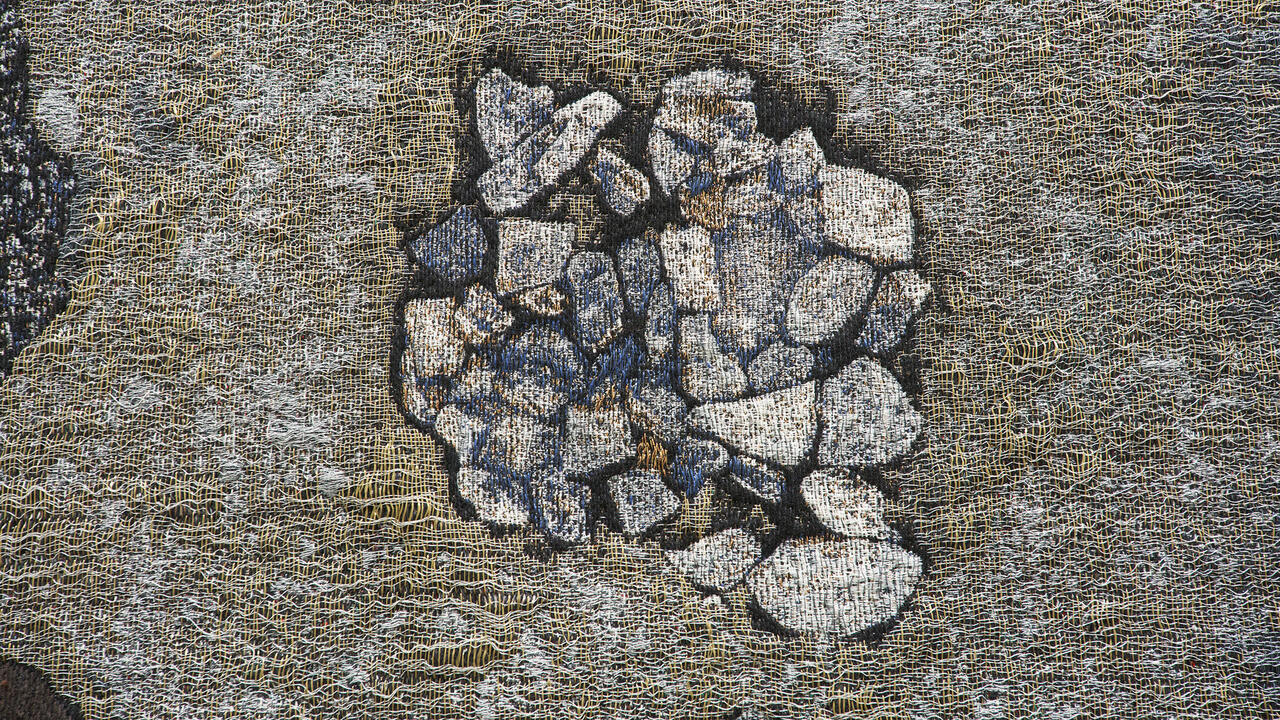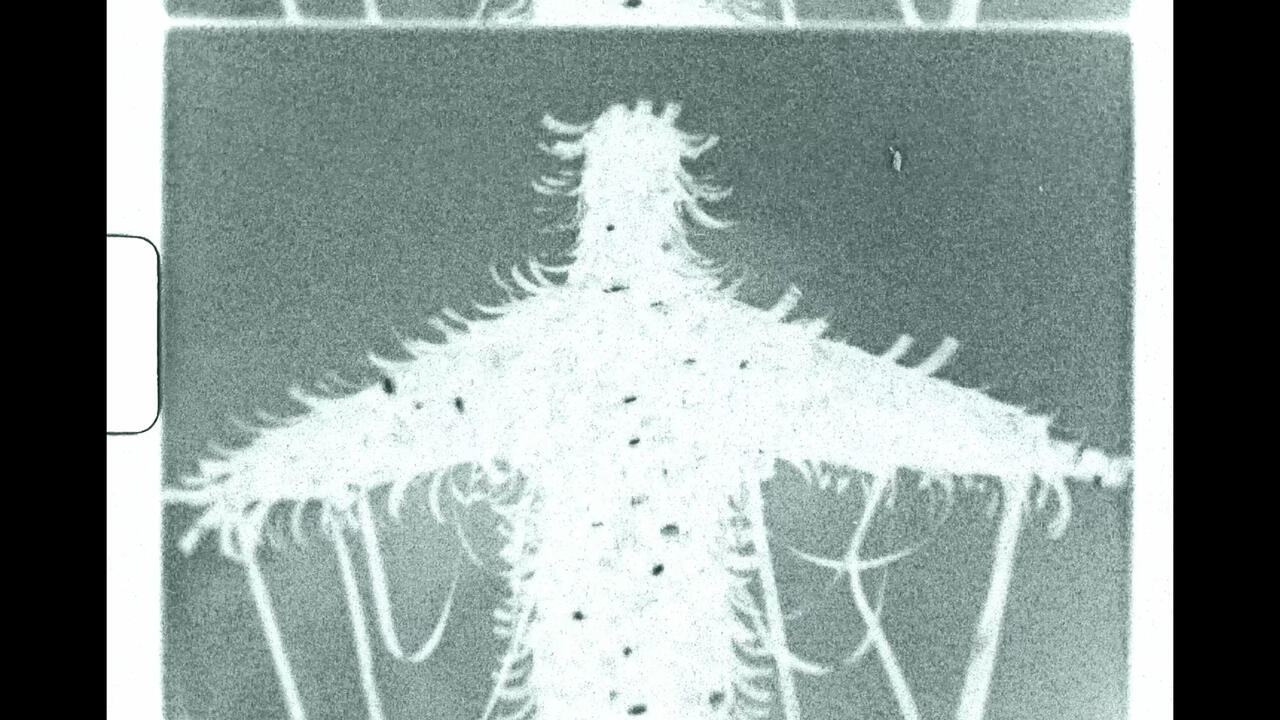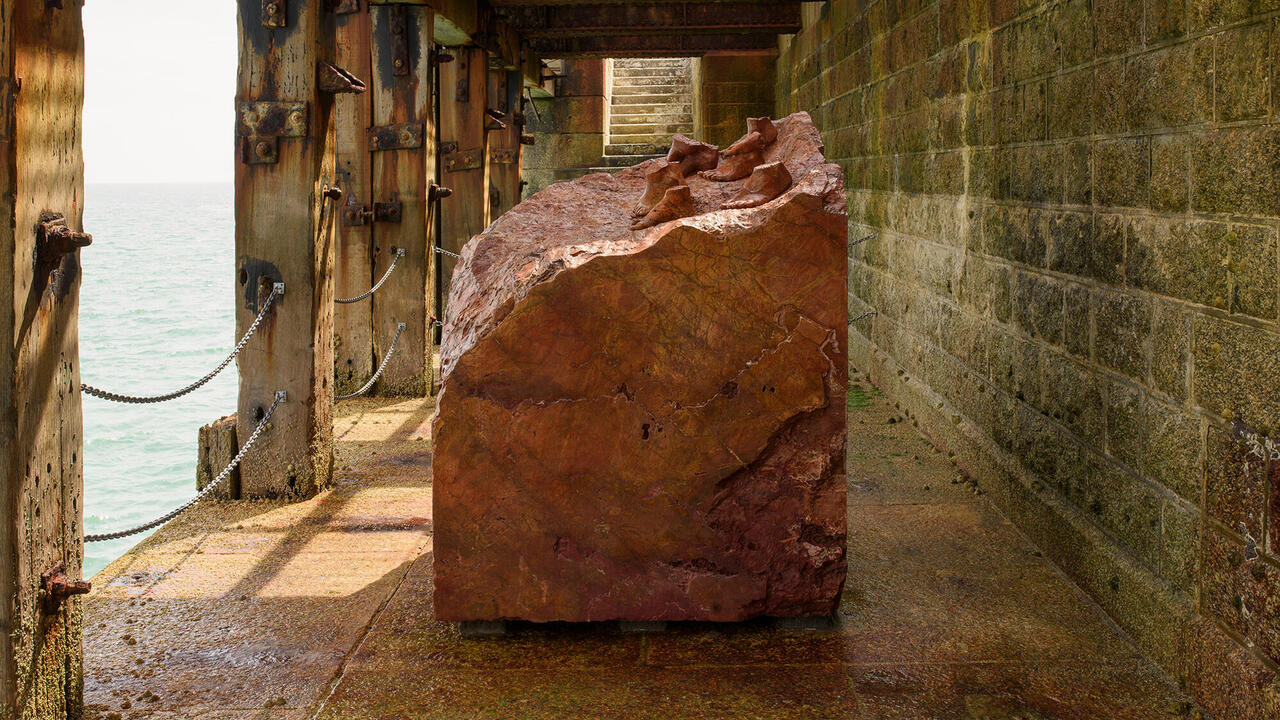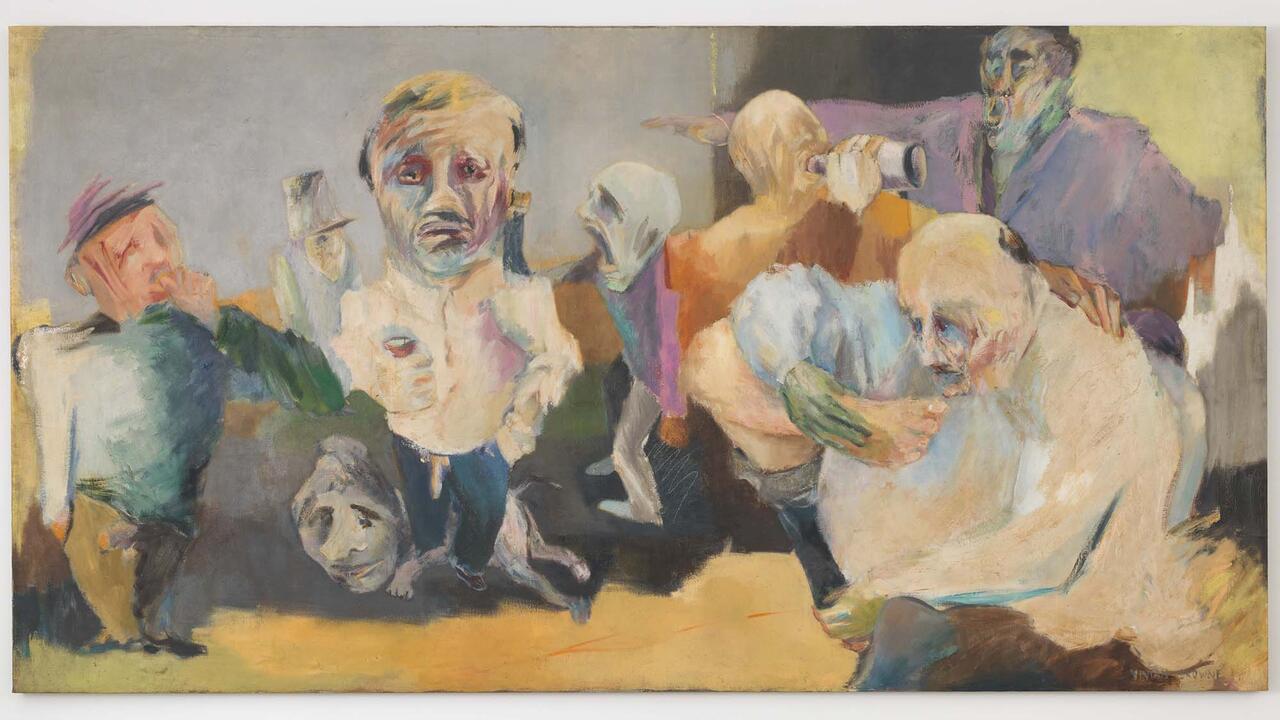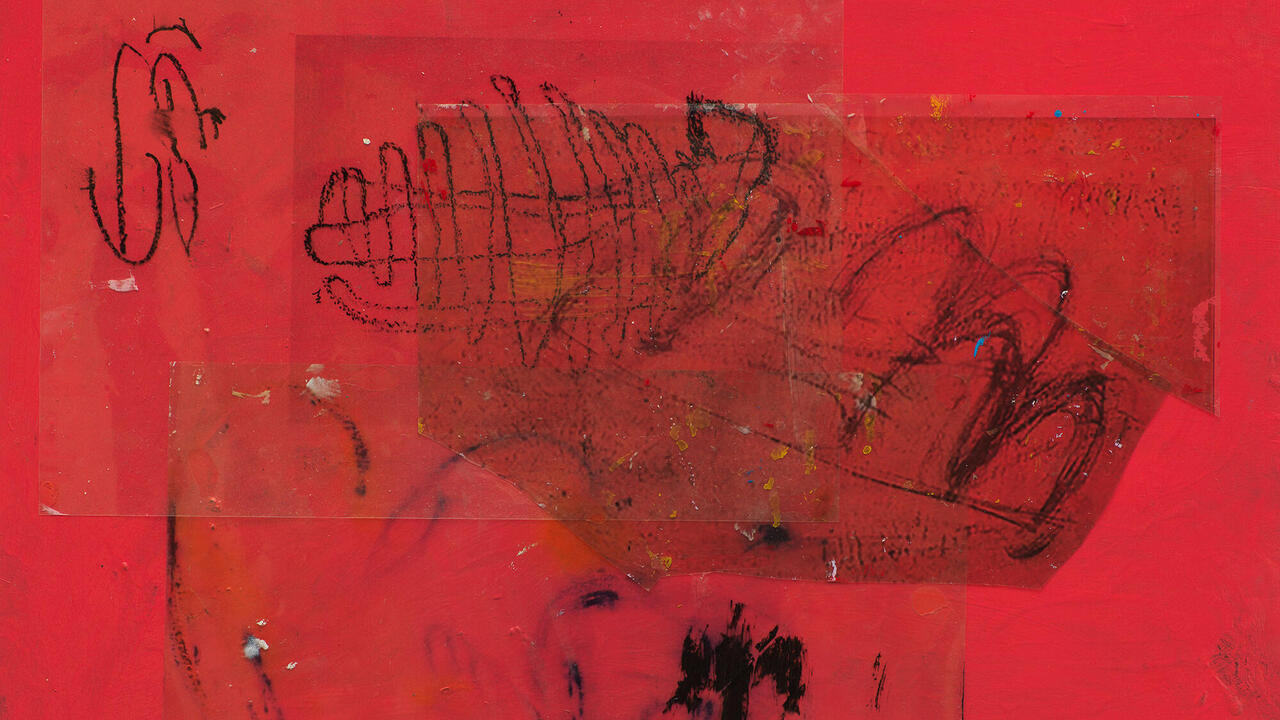A Clamour of Voices Echoes at Aotearoa Contemporary
Featuring diverse work by 27 emerging or underrepresented artists, the inaugural edition of Auckland Art Gallery’s triennial explores thresholds and transitions
Featuring diverse work by 27 emerging or underrepresented artists, the inaugural edition of Auckland Art Gallery’s triennial explores thresholds and transitions

At this year’s Venice Biennale, Mataaho Collective, a group of four Aotearoa-based Māori artists, took the Golden Lion award for a show-stopping installation of woven straps. Some 18,000 kilometres away, at Auckland Art Gallery Toi o Tāmaki in Aotearoa, New Zealand, a brand-new triennial offers an invigorating cross-section of the diverse, vibrant artistic milieu from which the collective emerged. Curated by Natasha Conland and Cameron Ah-Loo Matamua, the inaugural edition of ‘Aotearoa Contemporary’ assembles media-spanning work by 27, mostly local, artists, many of whom could be characterized as emerging or underrecognized.

The show begins quietly with lens-based artist Meg Porteous’s single-channel video Carrier (2024), which explores processes of narrative filmmaking. An accompanying photographic suite, A Shade (33 frames) Rhea, Rebecca, Marianne, Fergus, Grant (2024), includes rehearsal documentation, framing tests, extreme close-ups and location shots. In one photo, the artist has drawn a thin blue spiral over a simple diagram denoting important elements of a screenplay: beginning, middle, end, set-up, confrontation and resolution. From this starting point, the exhibition spirals outwards through seven rooms, two adjoining corridors and a live performance programme. With artists presenting their work solo, paired and grouped – up to five artists per space – ‘Aotearoa Contemporary’ quickly becomes a clamour of voices all speaking at once. While the polyphony imbues the show with a sense of abundance, the voices risk drowning one another out: the byproduct of an exhibition more led by new commissions than a clear overall theme.

That said, a number of the show’s artists seem to share an interest in thresholds, transitions and boundary-breaching. Take textile artist Maungarongo Te Kawa, whose Celestial Stargate for Invisible People (2024) riffs on the Māori waharoa, a carved gateway offering access to communal or sacred space. Intricately crafted from padded, bejewelled and quilted fabrics, Te Kawa’s rendition features colourful cosmological entities whose inviting surfaces teem with textures and patterns. Ammon Ngakuru’s One Thousand Year Plan (Terroir) (2024), an installation by an artist better known as a painter, references a partition rather than an entryway. Composed of suburban picket fences, made from thin balsa wood, that have been laid flat atop bottles of New Zealand wine, the precarious arrangement critiques – and destabilizes – the borders and barriers imposed by the dogma of private property. George Watson’s Brand I (Heart) and Brand II (Cross) (both 2023) saw the sculptor and installation artist using her own wrought iron implements to burn and brand the museum’s walls with syncretic colonial and Māori forms. As they breach the physical limits of the white cube, Watson’s architectural interventions also foreground the fact of museums’ colonial legacies.

Pleasure becomes another means of challenging borders in Manuha‘apai Vaeatangitau’s Tau‘atāina, Hiko and Manako (all 2024). Painting with acrylic on fringed animal hides, the artist dissolves binary sexes, rendering coupling, gender-fluid deities from Tongan mythologies. The Killing, a collective of five anonymous artists, forges a space for unexpected, even communal intimacies with Imaginary Friends (2024). The interactive environment features gigantic plushies and is activated by visitors’ petting and fondling of the toys.
After this confrontation with the crowd comes a sense of resolution with The Good You (2024), an immersive, three-channel video installation by siblings Qianye and Qianhe Lin. An ominous, percussive soundtrack is combined with animated gestural ink drawings, footage of stormy landscapes, ghostly deities and scenes of the siblings playfully negotiating sand dunes. Employing second-person narration, their voiceover tells conflicting versions of migratory narratives, coming-of-age stories, tales of vocational journeys and adventurous mythologies. Evoking the demands the contemporary art world often makes of artists, a voice intones: ‘Can you see/They are all coming at you/They want you to perform an epic-poem-like story now.’
‘Aotearoa Contemporary’ is on view at Auckland Art Gallery Toi o Tāmaki until 20 October
Main image: Qianye Lin and Qianhe Lin, The Good You, 2024, three-channel moving image installation. Courtesy: Auckland Art Gallery Toi o Tāmaki











